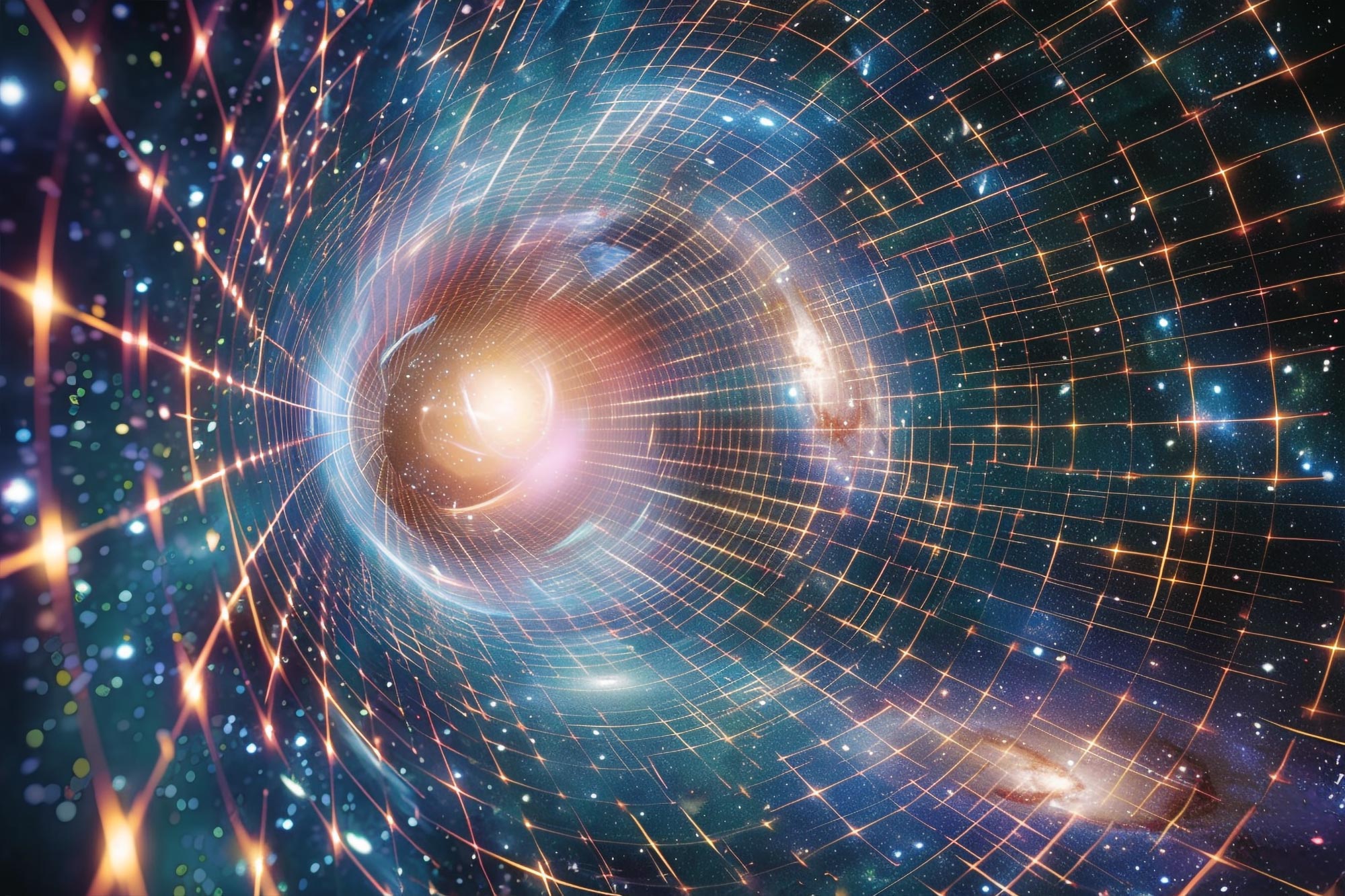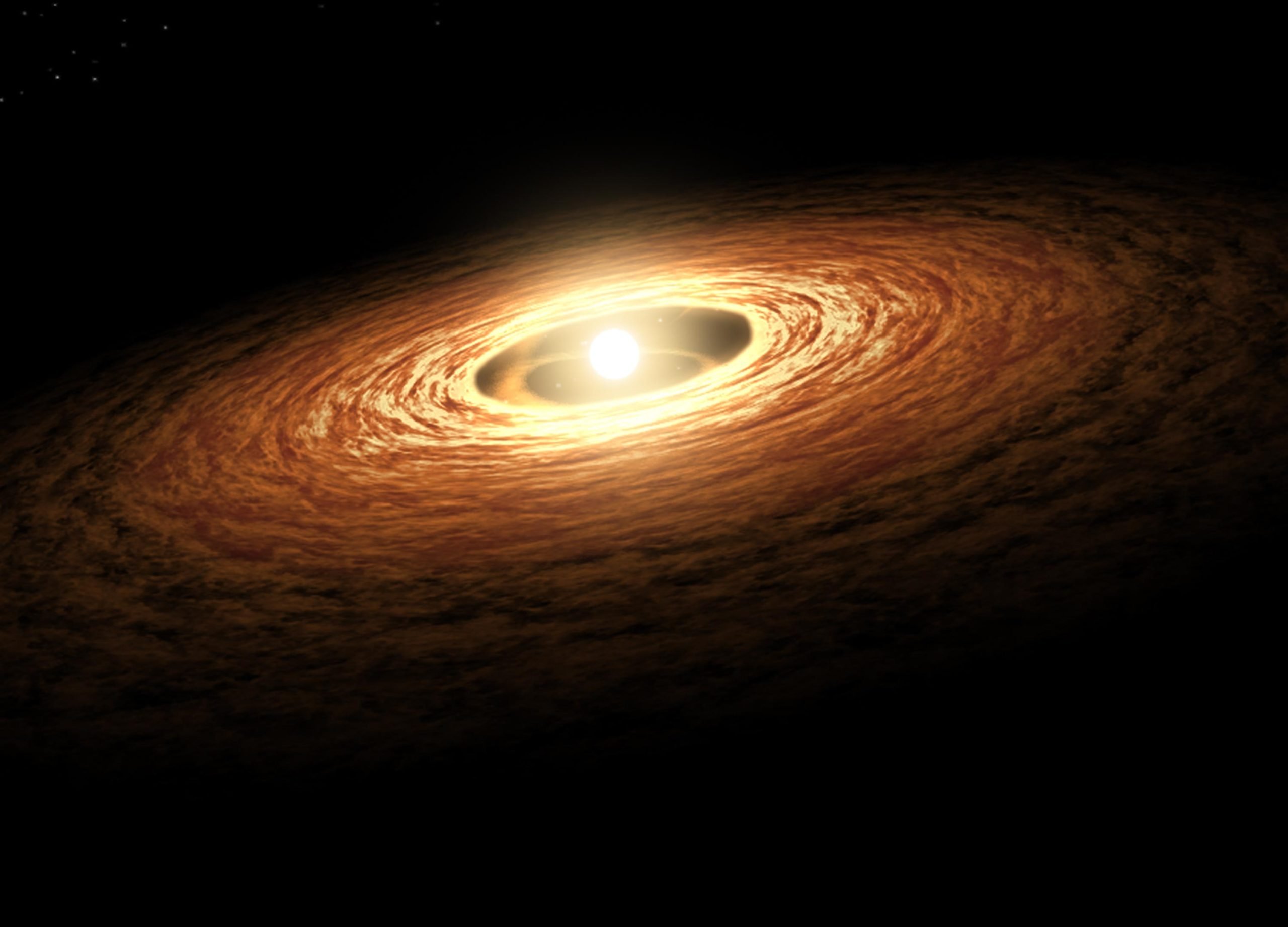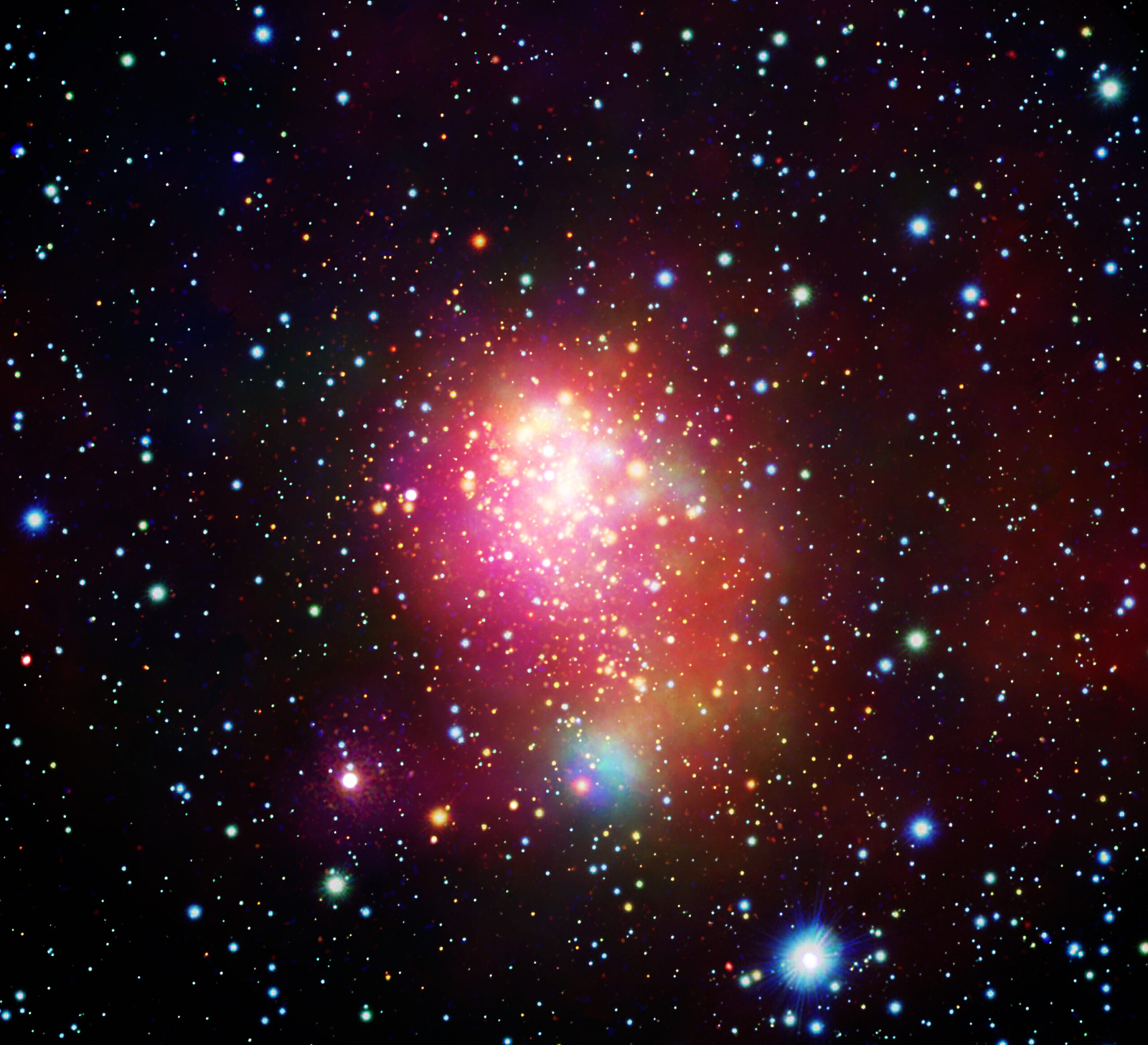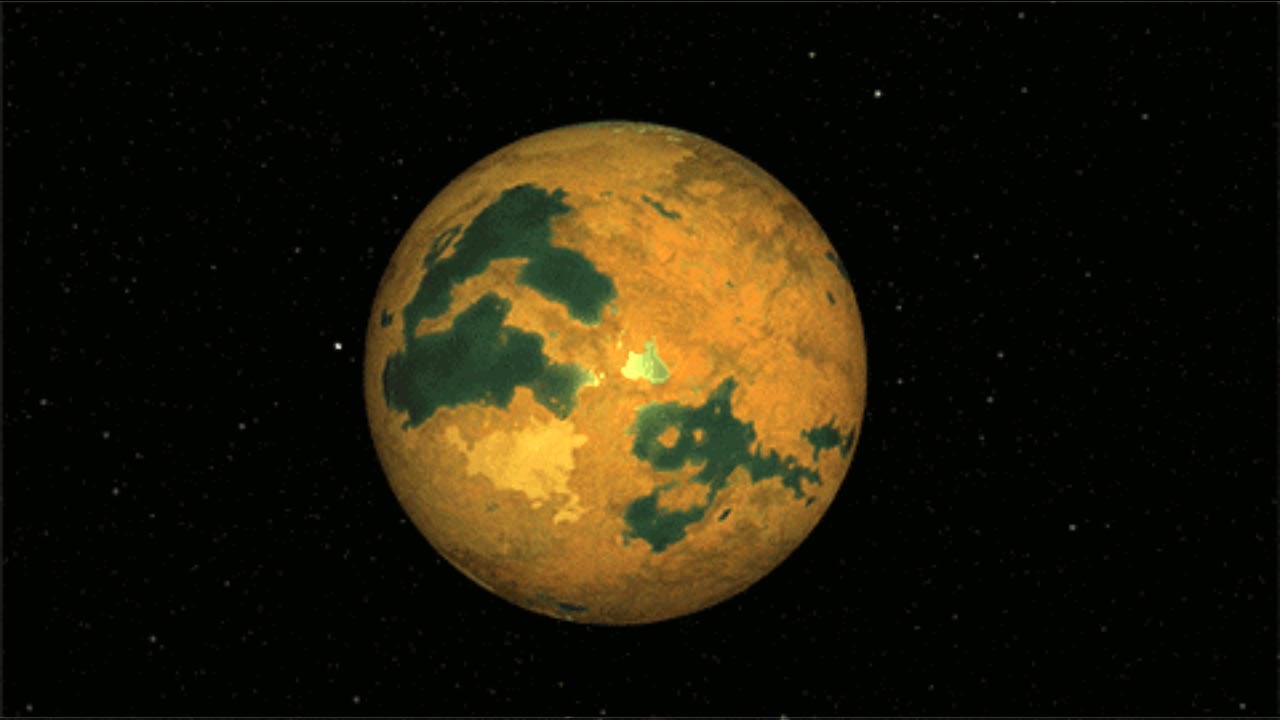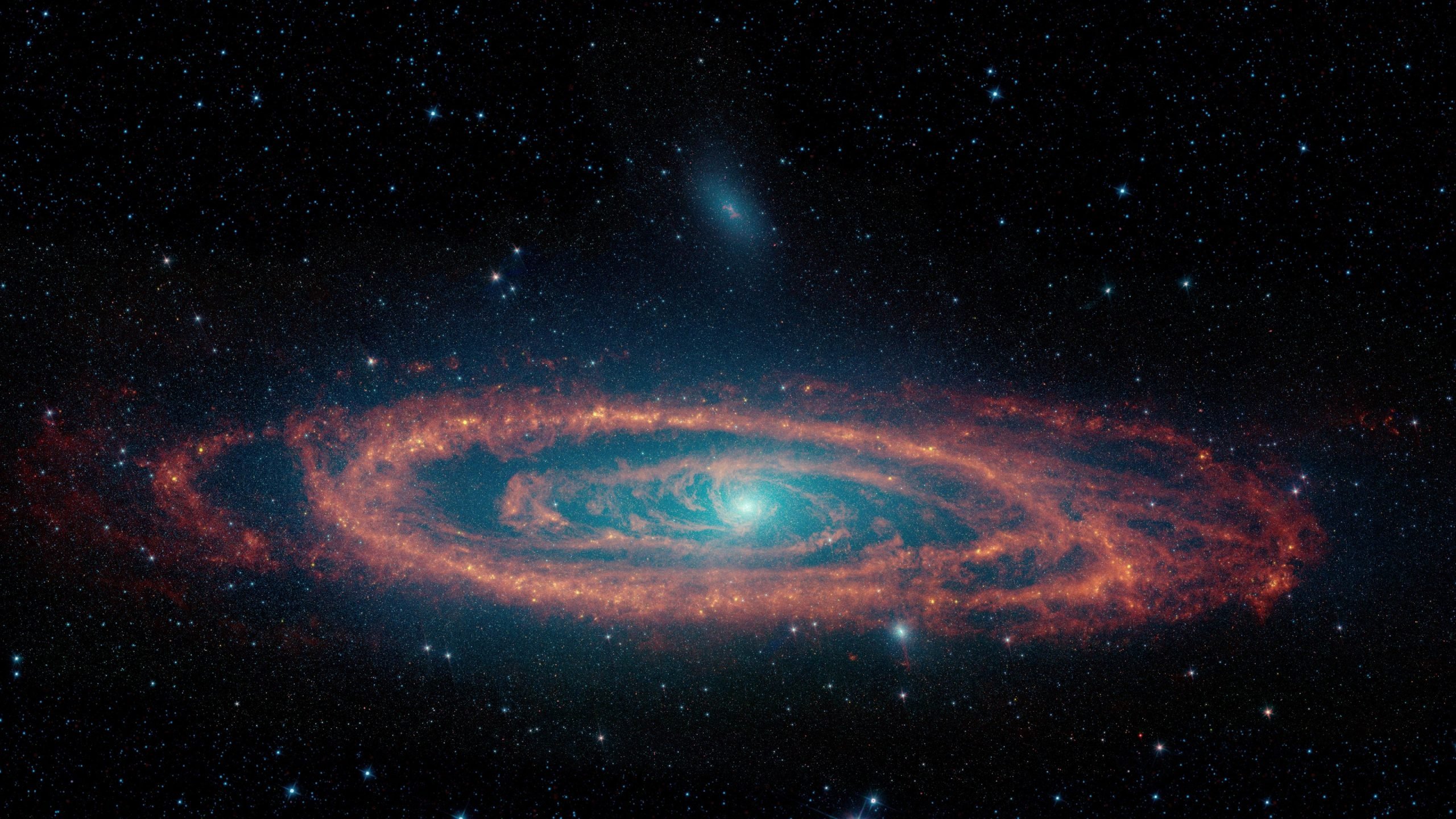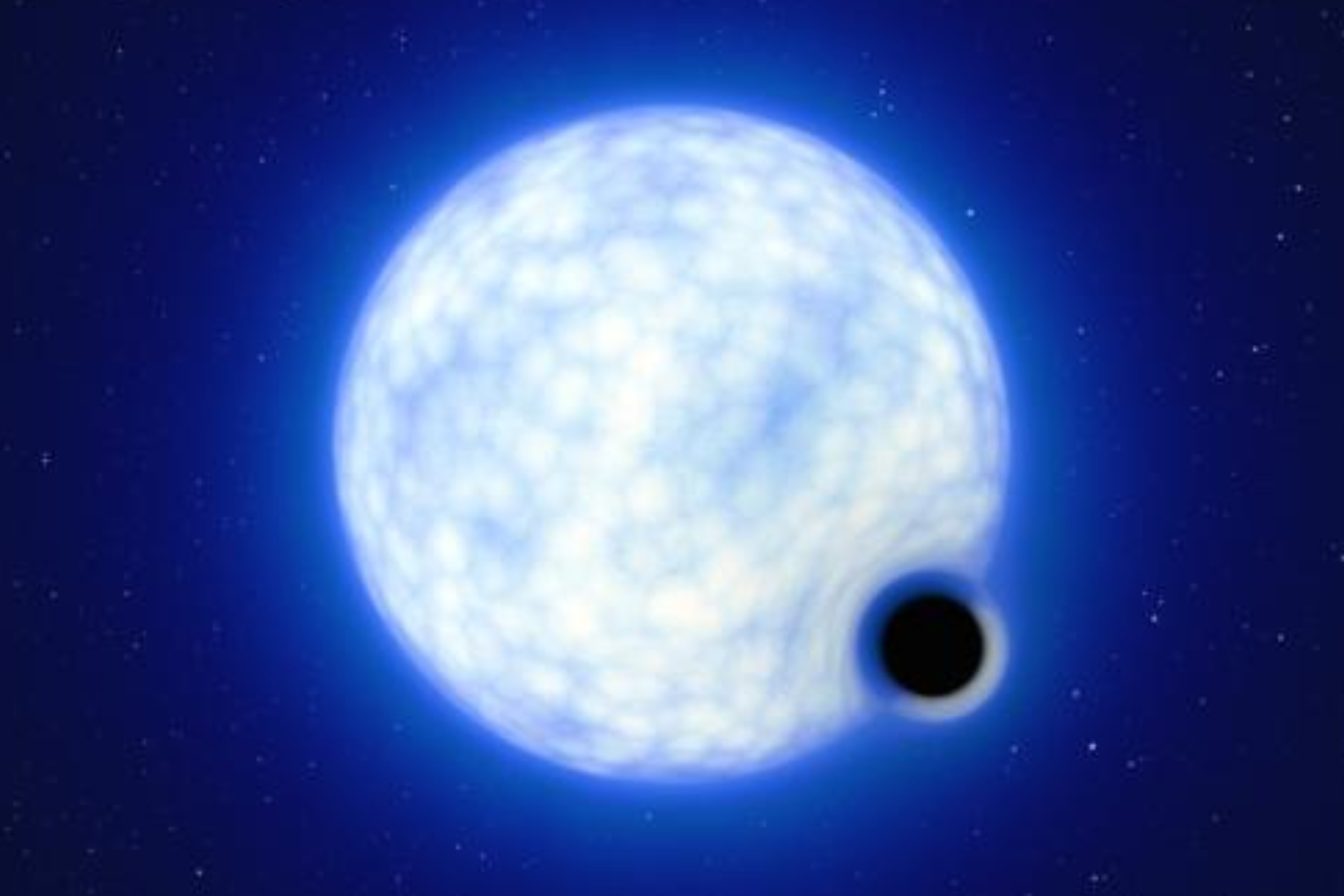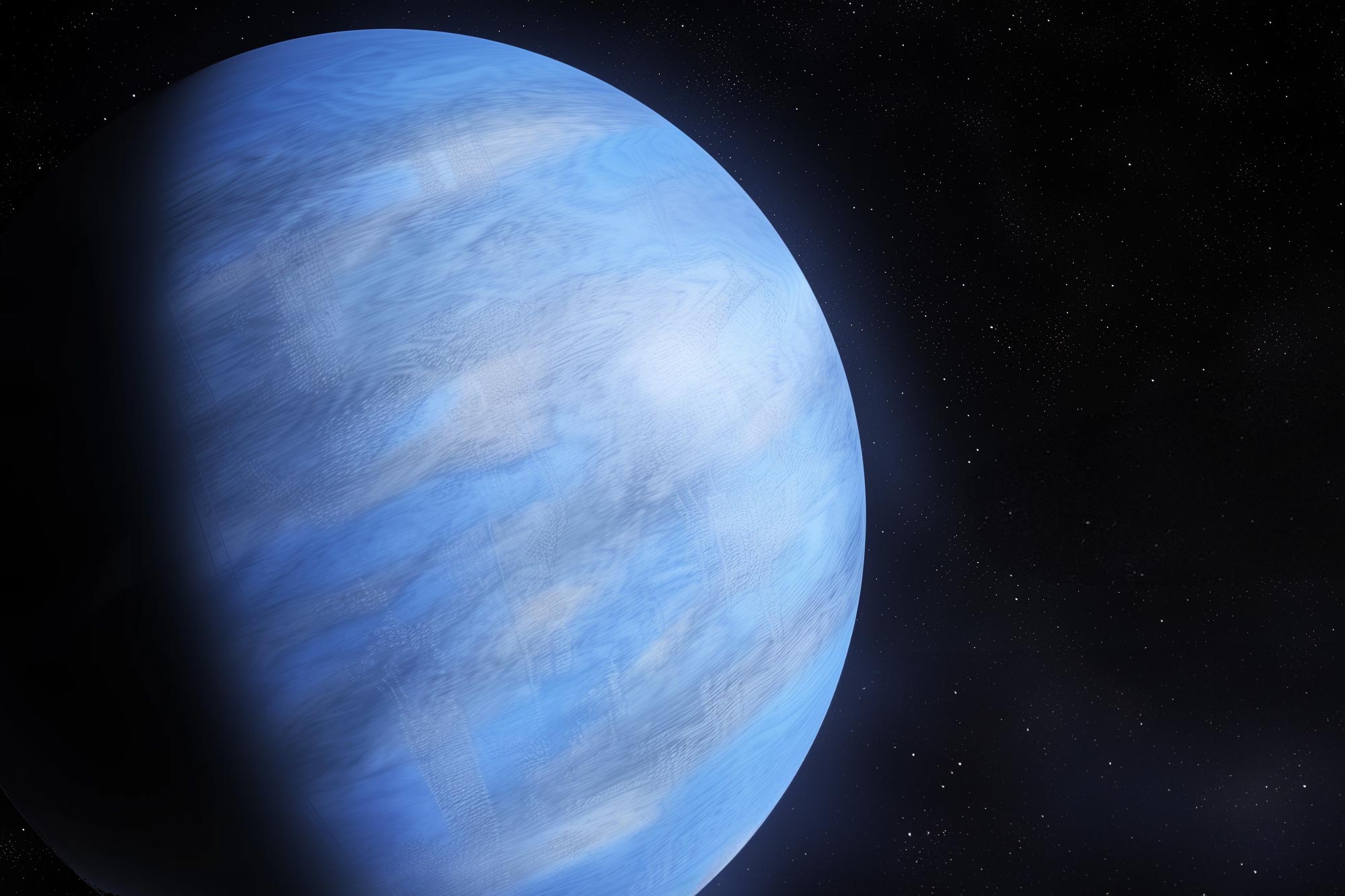Beyond Einstein: groundbreaking map of the universe redefines cosmic models
The DESI collaboration is conducting a groundbreaking experiment to understand the expansion and acceleration of the universe. Their work with the DESI instrument has allowed them to map the cosmos from its early stages to the present, challenging existing models of the universe. Initial findings suggest there may be more to discover about dark energy … Read more
